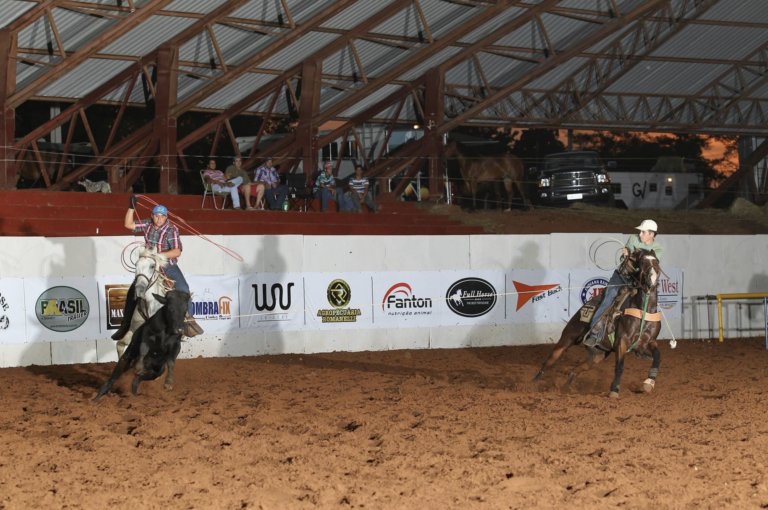The practice pen guy, just like everyone, is roping his cattle longer. When they cost as much as they do, you’ve got to use them. It’s a tough deal coming out of Mexico right now, you’re just at the mercy of the Mexican government, basically, in terms of when you can get cattle across. A lot of guys are raising cattle, so it’s a matter of taking what you’ve got and using them the best you can.
Originally published in Spin to Win in 2013

These days, we’re roping cattle younger than we ever have. If we let them get a little age on them, it would help. It looks to me like we’re roping cattle around 15 to 18 months old. If we could wait until they were 2 years old, it would be ideal. Keeping them at a size where you can handle them is tough. It’s a fine line, but I think the older they get the better they do. If you just mash them when they’re real young and weigh 350 pounds, they’re not going to last as long as when they get up around that 400-pound range.

We try to feed real good hay. I feed alfalfa. The trick is to keep them strong, but not let them outgrow themselves. We mostly just feed hay, because where I’m located, that’s what we have. If I’m in a different region, like Texas, I might feed some coastal hay and supplement them with some cake for protein, just to keep them strong.

I’ve probably broke in as many steers as anybody, and we’ve tried it every way possible. Some of them are going to be good and some of them aren’t. When we break steers in, we put the head rope on them in the chute, let them out and make them circle us once on the head horse, then heel them and pull them down to the ground and get the ropes off and let them find the back of the arena by themselves. We take the starch out of them a little bit that way. They seem to look for it better than if they’re coming out of there wild and crazy. The next time I put it on them in the chute again and just go handle them. Then I put one real live run on them after that. Once they’ve had three real runs on them and everything has been heeled, I like to turn them out and get them back up in a week or so and rope them again. I just try to do it right and then let them rest and think about it instead of putting five or six runs on them in one day and teach them a lot of bad habits.

On practice steers, we dally on everything—unless something is real weak. If you’ll watch, those ones that don’t get dallied will start to run up the rope. When the heeler dallies, you don’t have to pull them in half, and the header needs to undally. But I do think steers need to be stopped and caught. They tend to stay better that way. If you’re jerking them every time, naturally bad things are going to happen and they’ll give it up.

We try to have the best cattle out there. It’s a tough job and we try to find the best producers we can to bring them to us. It’s a hard job because cattle are so expensive. It’s not like the old days when we had a limitless supply coming through. We just take what we have and work at sorting them. We try to rope through them, get some idea of where we’re at and then set the barrier where it’s friendly for what the cattle are. If they’re stronger, we make the barrier a little shorter. We work at it and we have somebody that watches every run and we try to get rid of a cow before he takes a roper out.











